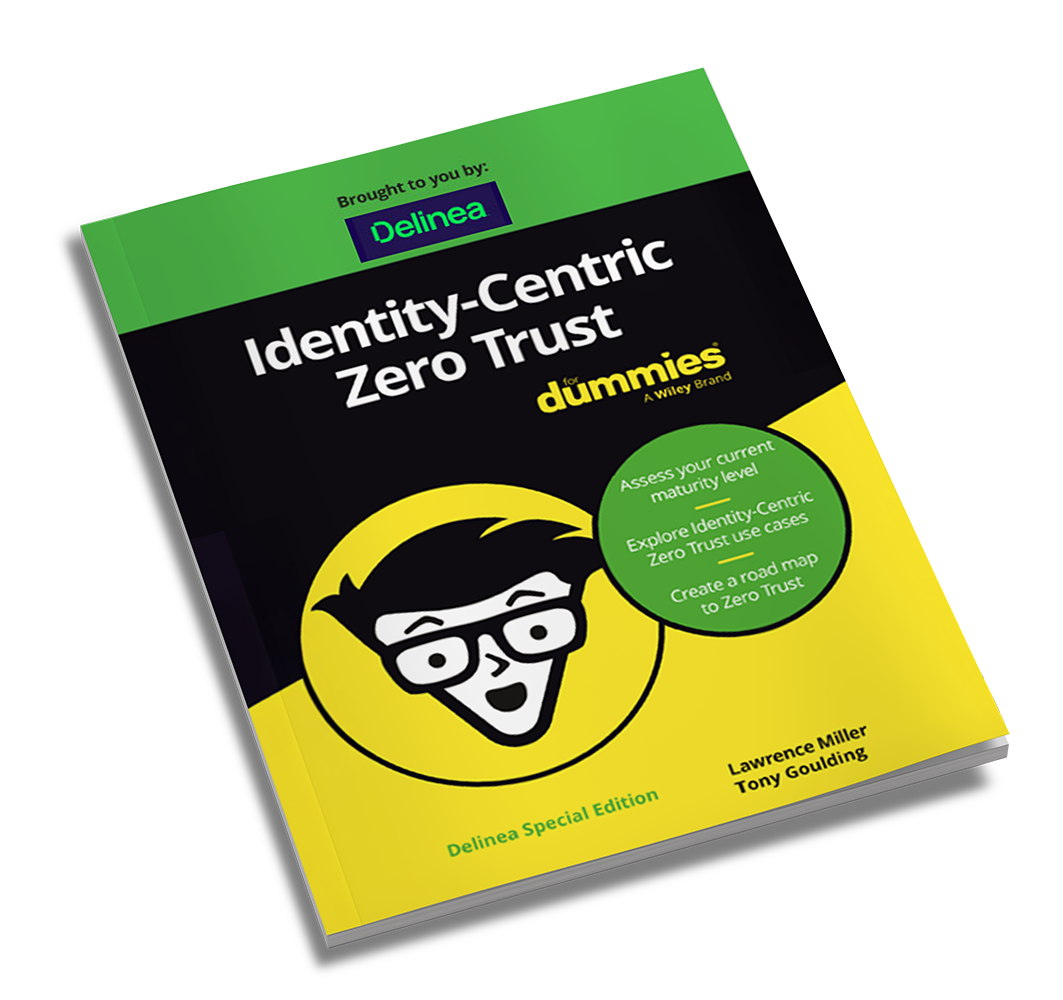Secure identities and mitigate risks with Zero Trust
A practical approach to cybersecurity challenges

Updated for 2025
Zero Trust is no longer just a nice-to-have. According to Gartner, 63% of organizations worldwide are actively implementing Zero Trust, making it a de facto cybersecurity best practice for most organizations today.
According to most analysts, identity-based compromise remains the number one attack vector. Such violations include highly visible supply chain breaches at Solar Winds, Microsoft Exchange, and Colonial Pipeline. These incidents, along with an Executive Order from the Biden administration in the U.S., have brought Zero Trust into the spotlight.
While there are several on-ramps to Zero Trust, identity is the most effective starting point, with privileged access controls being the lowest-hanging fruit. An identity-centric Zero Trust approach ensures least privilege access by verifying who or what is requesting access, the context of the request, the risk to the access environment, and just-in-time/just enough privilege elevation.
With the massive explosion of AI, new attack surfaces are emerging. Cloud transformation projects, the adoption of multiple cloud platforms, big data, DevOps, containers, and microservices are fueling more sophisticated attacks from cyber adversaries. Decrease your risk of a breach with a modern identity security solution founded on Zero Trust principles.
Organizations using solely legacy PAM solutions will struggle. To tackle this challenge, a modern approach to identity security must incorporate the best of PAM and other adjacent disciplines.
Explore the Identity-Centric Zero Trust for Dummies eBook for:
- The fundamentals of Zero Trust and the emergence of Zero Trust Privilege: what it is, why it’s needed, and its benefits
- Real-world use cases for Zero Trust Privilege in organizations of all sizes and industries
- How to assess your organization’s Zero Trust Privilege maturity level
- How to get started with Zero Trust Privilege
- The myths and realities of Zero Trust
